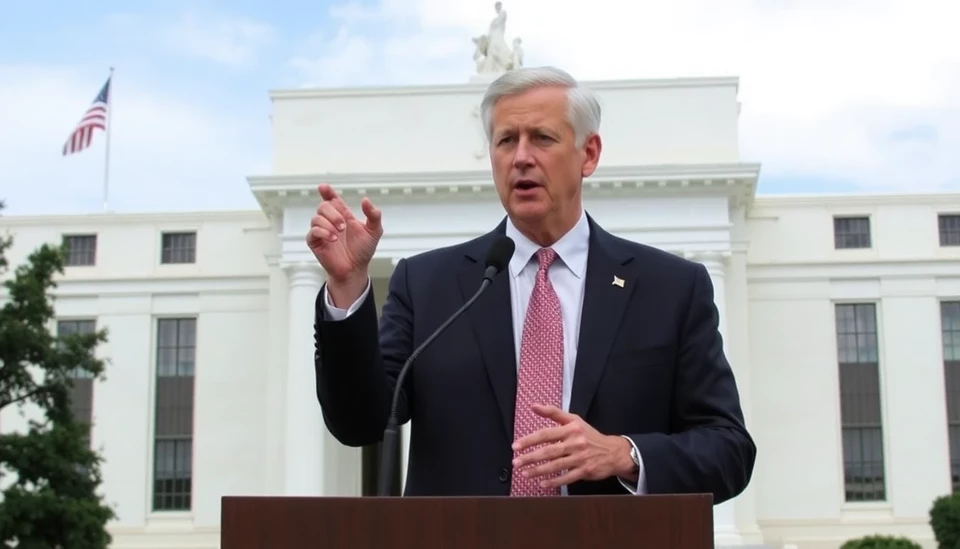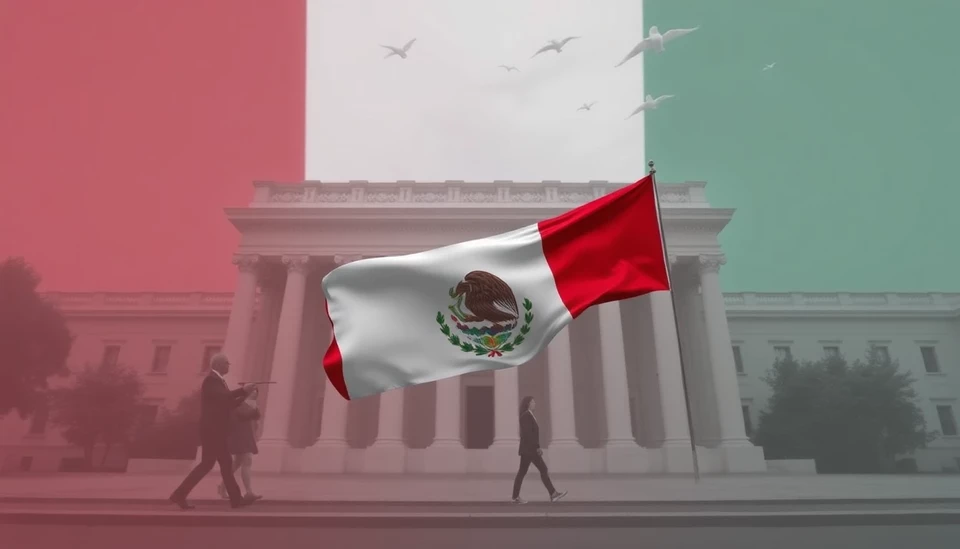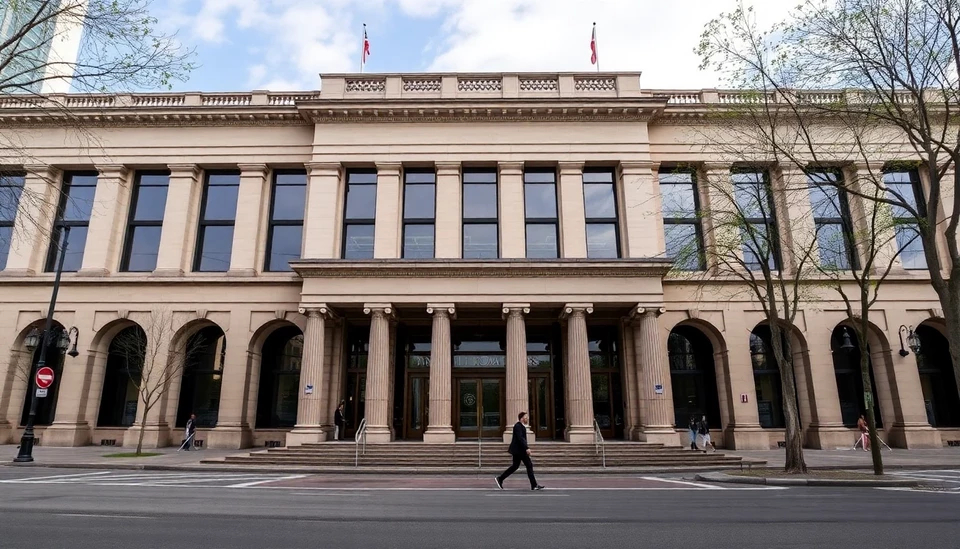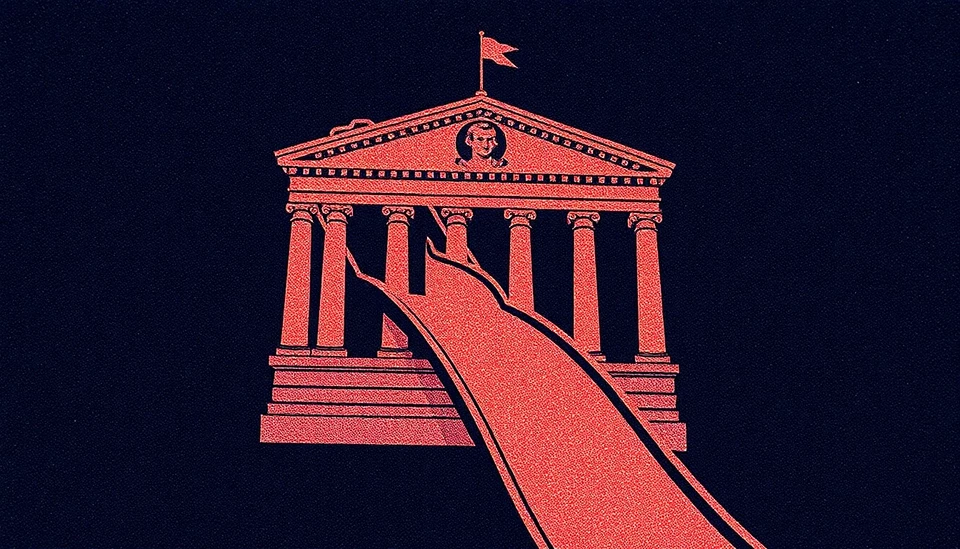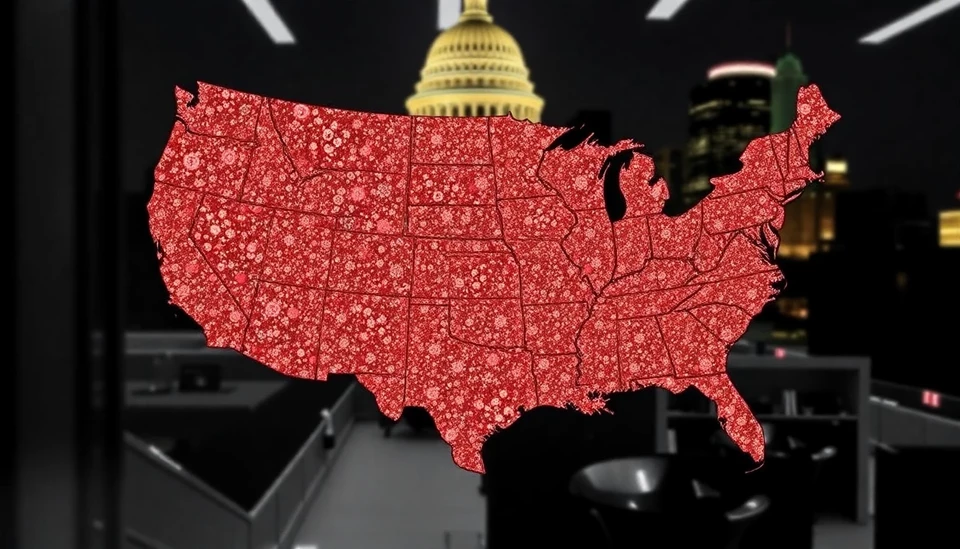
As the United States continues to navigate the complexities of its economic recovery, recent reports indicate that progress in reducing inflation is becoming increasingly elusive. The latest data suggests that while there have been notable strides over the past year, the final stretch toward stabilizing prices is proving to be more difficult than anticipated.
In October, consumer prices rose more than expected, leading to concerns that the Federal Reserve's efforts to tighten monetary policy may not be sufficient to rein in inflation. A notable increase in energy costs, driven by rising oil prices, has significantly contributed to the inflationary pressures faced by households and businesses alike. The Consumer Price Index (CPI) showed an uptick of 0.4% for the month, marking a yearly increase of 3.5%. This inflation rate, although lower than the peak levels seen in 2022, still presents challenges for the economy and policymakers.
Experts attribute part of this ongoing inflation to persistent supply chain issues, increased consumer demand, and labor market constraints. Significant price rises in essential sectors such as housing, food, and transportation continue to pressure budgets and erode purchasing power. Economists are particularly concerned about the impact these costs have on lower and middle-income families, who are disproportionately affected by rising prices in everyday goods and services.
Furthermore, the Federal Reserve has signaled that it might need to maintain higher interest rates for a longer duration to curb inflation effectively. Recent remarks from central bank officials highlight a cautious approach moving forward, indicating that the battle against inflation is far from over. Some analysts predict that the Fed may consider further rate hikes, particularly if inflation rates do not show signs of stabilization in the upcoming months.
Although the job market remains robust, with unemployment rates holding at historically low levels, the tight labor market can also lead to upward pressure on wages, further fueling inflation. This dynamic complicates the Fed's decision-making process and demands careful monitoring of economic indicators to gauge the appropriate course of action.
Looking ahead, the upcoming holiday season adds another layer of complexity to the inflation situation. Historically, demand surges during this period can exacerbate price pressures, leading to a potential spike in inflation rates. Retailers and consumers alike are adjusting their expectations, navigating the dual challenges of rising costs and economic uncertainty.
In conclusion, as the U.S. economy enters a crucial phase in addressing inflation, the challenges ahead call for both strategic policymaking and consumer vigilance. The interplay of various factors, including energy prices, labor dynamics, and consumer demand, will be pivotal in shaping the trajectory of inflation in the months to come.
#Inflation #USEconomy #FederalReserve #ConsumerPrices #EconomicRecovery #InterestRates #MarketTrends
Author: Rachel Greene
